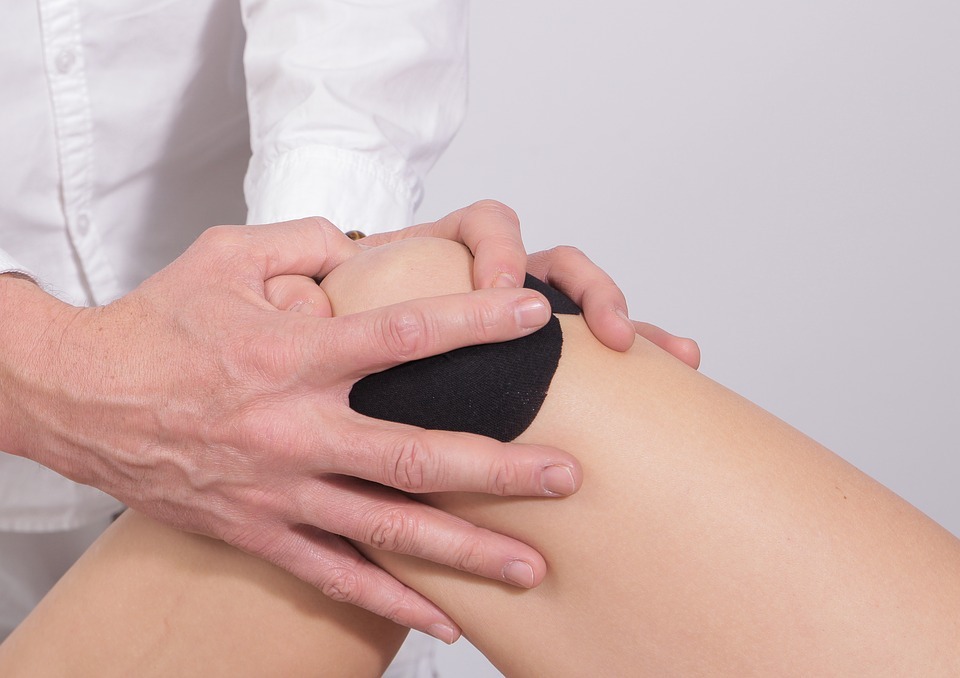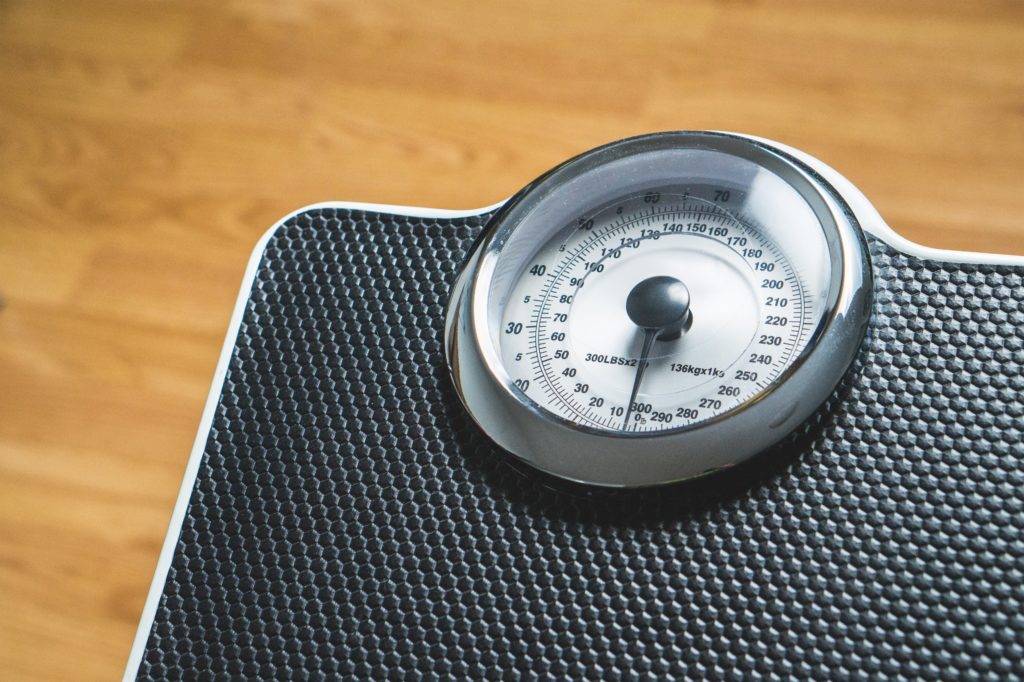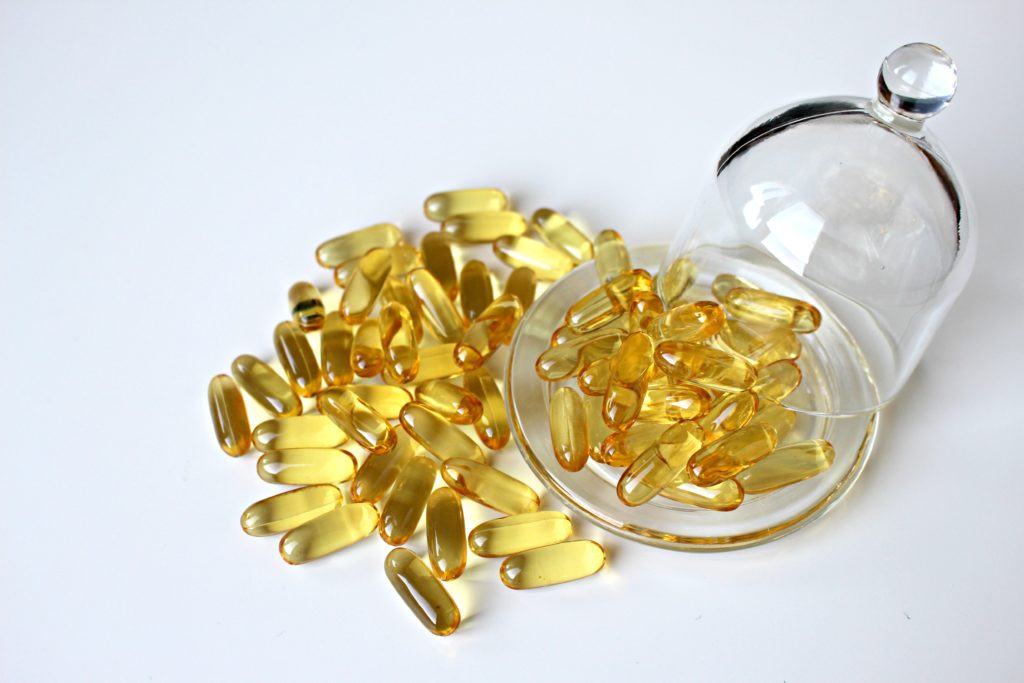Joint pains plagues many people. Whether you’re dealing with arthritis, dislocation or sports injury, joint pains make even the most usual tasks painful. If you’re one of the millions of adults who take painkillers like aspirin frequently to manage joint and bone pains, then you may be getting concerned about its safety. Whether you feel it in your knees, elbows, shoulders, neck, lower back or elsewhere, you may be looking for natural treatment alternatives to relieve symptoms of pain.
Here are some of the solutions worth giving a shot.
1. Soak in Epsom salt
A classic remedy for joint and muscle aches is taking a relaxing Epsom salt bath. Epsom salt is high in magnesium sulfate, and when absorbed by the skin, it helps reduce inflammation, relax tense areas and reduce muscle spasms.
If you’re experiencing pain in your back and in multiple joints, add two cups of Epsom salts to warm bathwater, then soak for at least 20 minutes. Alternatively, you can also use this as a compress to apply directly unto skin. You can add half a cup of Epsom salt to a bowl of warm water, soak a towel, and let your skin absorb the solution.
You can also add essential oils to your Epsom salt bath to make it more effective. For instance, you can add lavender essential oils if stress is causing your pain to worsen, or peppermint oil if the painful joint feels warm and swollen.
2. Use hot and cold therapy
Simple hot and cold treatments can mean the world to someone dealing with painful, swelling joints. A hot and cold pack can be an essential, if you experience arthritis pain and if you are an athlete who usually get pain issues on the joints.
Heat therapy can help boost circulation and sooth aching muscles and stiff joints. Heat relaxes muscles and improve lubrication. If you do not have a hot/cold pack, you can use a hot water bottle or a warm pad and just place it on your aching joints. You can start the day by taking a long, warm showers or baths to help ease the stiffness.
Meanwhile cold treatments help relieve joint pain by restricting blood vessels to slow circulation, reduce swelling and numb pain. You can place the hot/cold pack or wrap a bag of ice in a towel to the painful areas and let it rest for just 20 minutes.
Try to apply hot or cold treatment every day, aiming for at least 15 minutes. It is also important to keep the area elevated if the swelling is bad to reduce fluid retention.
A hot-and-cold approach can help provide immediate joint pain relief. Alternating heat and cold is more effective, but it is important to monitor the skin carefully if it becomes affected by these treatments. Discontinue use if injury occurs.
3. Get a massage
Massage, including self-massage, can help relieve pain and stiffness, as well as improve your range of motion. It’s best to work with a physical therapist if you don’t know how to massage. There you can learn how to self-massage.
According to the Arthritis Foundation, massaging the muscles and arthritic joints regularly is effective at relieving pain. Massage is also known to lower body’s production of stress hormones and the neurotransmitter substance P, which was associated with pain. It improves mood by boosting serotonin levels. Massaging the thigh muscles can also have a beneficial impact for the knees.
4. Get more exercise
There are so many benefits of exercise than just weight loss or muscle building. Regular movement helps to maintain flexibility of joints. Exercise can help strengthen the upper thighs to benefit the knee joint. It also boosts the health of cartilage tissue.
Since your joints are aching, you can try low-impact exercise like swimming and water aerobics to flex your joints. Aquatic exercises are beneficial for arthritic people, as water provides resistance and increases exercise intensity without forcing you to work too much. At the same time, the buoyancy from water helps support body weight, relieving pressure on your joints. The added movement can help increase the effects of synovial fluid, which helps lubricate joints and reduce pain.
People who participates in aquatic exercise programs can reap the benefits of improved range of motion, improved mood and quality of life, improved coordination and reduced body fat, besides the reduction in joint pain. For an ongoing pain relief, try to perform 40 to 60 minutes of aquatic exercise three times a week.
5. Make some important diet changes
If you’re suffering from joint pain and swelling, take a hard look at what you’re eating. To make a long-lasting pain relief, the best way is to change your diet. Chronic inflammation can cause weakness in the body that eventually leads to tissue degeneration. By eating anti-inflammatory foods, joint pain will decrease.
The first adjustment you have to make is to limit or even completely remove the foods that cause inflammation from your diet. These includes foods such as processed meats, sugar-rich goods, artificial trans fats, refined carbohydrates, excessive alcohol, and vegetable and seed oils.
Here are some of the foods you have to add into your diet:
- Omega-3 fatty acids
These are great for reducing inflammation and regulating the immune system. Omega-3 fatty acids can also improve the symptoms of rheumatoid arthritis. Sources of omega-3 fatty acids include cold-water fishes like tuna, salmon and sardines; nuts and seeds like walnuts, flax seeds and chia seeds; and grass-fed beef.
- Anti-inflammatory herbs
Herbs like ginger, boswellia and turmeric is great for reducing inflammation throughout the body. Turmeric is especially helpful, as it has anti-inflammatory properties. The curcumin in turmeric can help reduce arthritis pain.
- Potassium-rich foods
Potassium aids in flushing waste and other toxins out of the body, so low potassium levels can cause joint pain and swelling. You can ingest potassium by eating leafy greens, bananas, sweet potatoes, avocados and coconut water.
- Vitamin D-rich foods
Vitamin D helps build strong bones and maintain the function of the immune system, which reduces disease activity. You can get Vitamin D by eating fish and eggs.
- Collagen-rich foods
Collagen is a type of protein that helps build joints and keep connective tissues strong. This helps in both mental and physical health that supports healthy muscle growth, decreasing arthritis symptoms, boosting energy and helping to recover from workouts. Foods that are sources of collagen are protein-rich foods like beef, chicken, fish and bone broth.
It is recommended for people with arthritis to try a Mediterranean-style diet that is rich in fresh produce. A healthy diet is a balanced diet high in fruit, vegetables and fiber; and is low in meat, animal fats and other fats.
6. Try to lose weight if necessary
If you are overweight, carrying around that extra pounds puts unnecessary strain on your bones and joints. According to the Arthritis Foundation, each pound of body weight means 3 lbs. of added stress to the knees and 6 lbs. of added pressure to the hip joints. The added pressure causes the cartilage between joints to break down more quickly, which worsens arthritis cases. Being overweight can also accelerate bone degeneration.
So, losing weight can help ease pressure on the joints that will help reduce pain and stiffness. Experts recommend losing around 5 to 10 percent of your total body weight to see if the symptoms will improve. Reducing the pressure and stress from losing weight will help improve mobility and prevent future damage to the joints while decreasing pain.
7. Use meditation to cope with pain
Meditation and relaxation techniques can help reduce pain from arthritis by reducing stress. Mindfulness meditation is one helpful practice for people with painful joints. When practicing mindfulness, you can try to focus your attention on your feelings and what your body is experiencing at the present. This will help manage pain and stress, which can both compromise the immune system. A study that investigated mindfulness-based stress reduction (MBSR) found that participating in mindfulness meditation can help reduce symptoms of rheumatoid arthritis including pain, stiffness and swollen joints. When stress is reduced, inflammation can drop, which means the swelling and the pain decreases.
8. Practice tai chi
Tai chi is a low-impact, meditative exercise that incorporates slow and gentle movements that help increase muscle strength, balance and flexibility. The effectiveness of tai chi in reducing joint pain and stiffness is proven by studies in persons with osteoarthritis. Tai chi also helps in improving symptoms of depression, and the overall quality of life.
9. Maintain proper posture
To help minimize strain on your knees and other major joints, you can do some measures to keep your posture on a proper form. Posture is something people usually take for granted until something aches in the body.
Avoid low chairs and couches that you have to sink into, so beanbag chairs are not for you. If the seat is too low, you can add a pillow to raise your seating level. Avoid slouching or leaning while sitting. Avoid prolonged sitting and long periods without moving, so try to move and walk to avoid stiffness of joints. Wear supportive shoes.
10. Use helpful supplements
Supplements made of natural ingredients can be helpful in relieving your joint pain and swelling. If you are unable to include important nutrients that can help decrease pain through food, you can ingest it through supplements. Here are some of the supplements you can try.
- Collagen protein powders
As mentioned earlier, collagen can help decrease pain symptoms by keeping the joints healthy and strong. This can be found in protein-rich foods, but also in supplement form such as collagen protein powders.
- Herbal supplements
Herbal supplements that are able to reduce joint pain include those containing herbs like boswellia, bromelain, ginkgo, devil’s claw, stinging nettle and thunder god vine.
- Calcium and vitamin D
These are both needed by the bones and teeth, but the body can’t produce it naturally. Therefore, you can absorb it by eating calcium and vitamin D-rich foods or by taking supplements. When taking a calcium supplement, it’s best to take one that also contains vitamin D to help the body absorb more calcium as possible.
- Glucosamine and chondroitin
Naturally found in cartilage, glucosamine hydrochloride (GH) is a chemical responsible for the growth, repair and maintenance of cartilage. Meanwhile, chondroitin sulfate (CS) is also found naturally in the cartilage and bone, and it works to block enzymes that break down cartilage. It also helps enhance shock absorbency in the joints. When combined, studies have shown that it’s as effective a celecoxib, an NSAID pain and inflammation treatment, in reducing pain, joint swelling and joint stiffness.
- SAMe
S-adenosyl-L-methionine (SAMe) is a naturally-occurring compound found in the body. This molecules help produce and regulate hormones, maintain cell membranes and help build strong joints by delivering sulfur to cartilage. Studies show that it has a similar effect to aspirin or ibuprofen as a pain reliever. It is available as a dietary supplement in the US and as a prescription drug in the Europe. It helps in the treatment of osteoarthritis.









